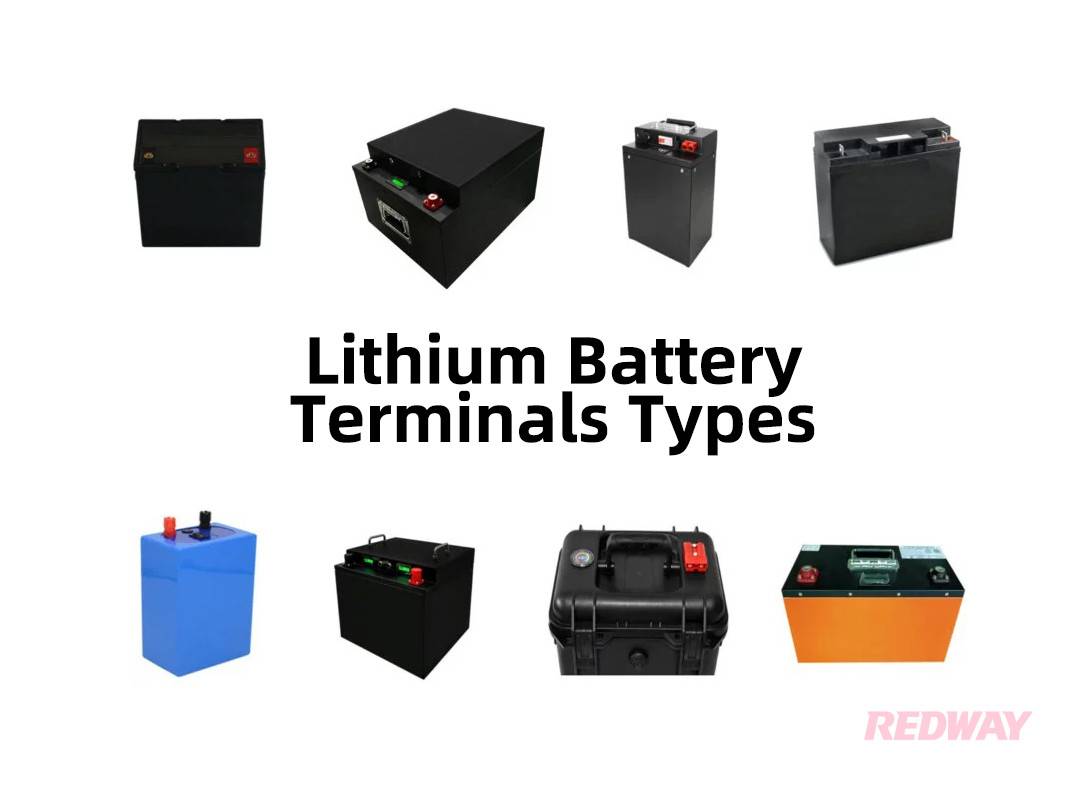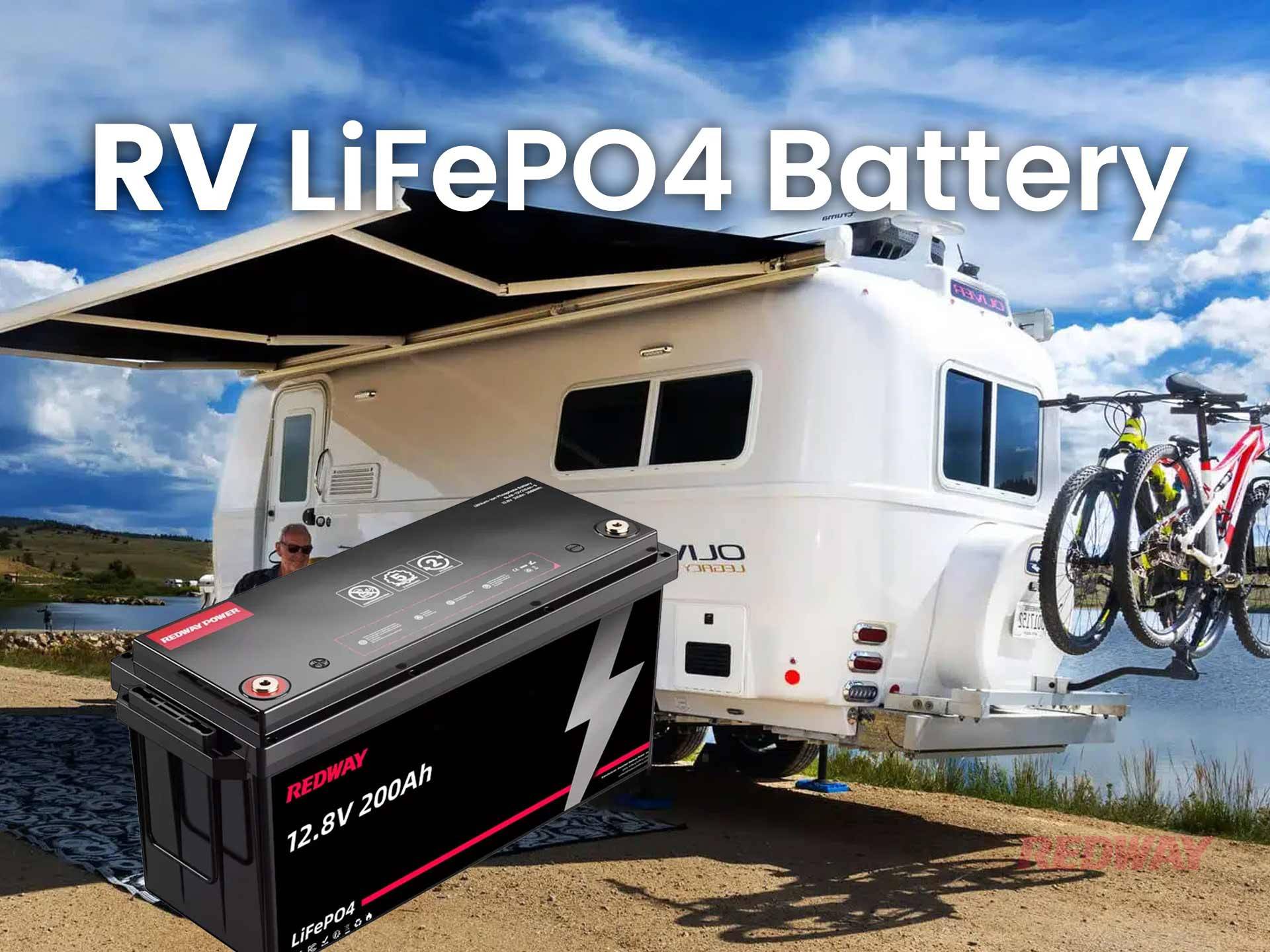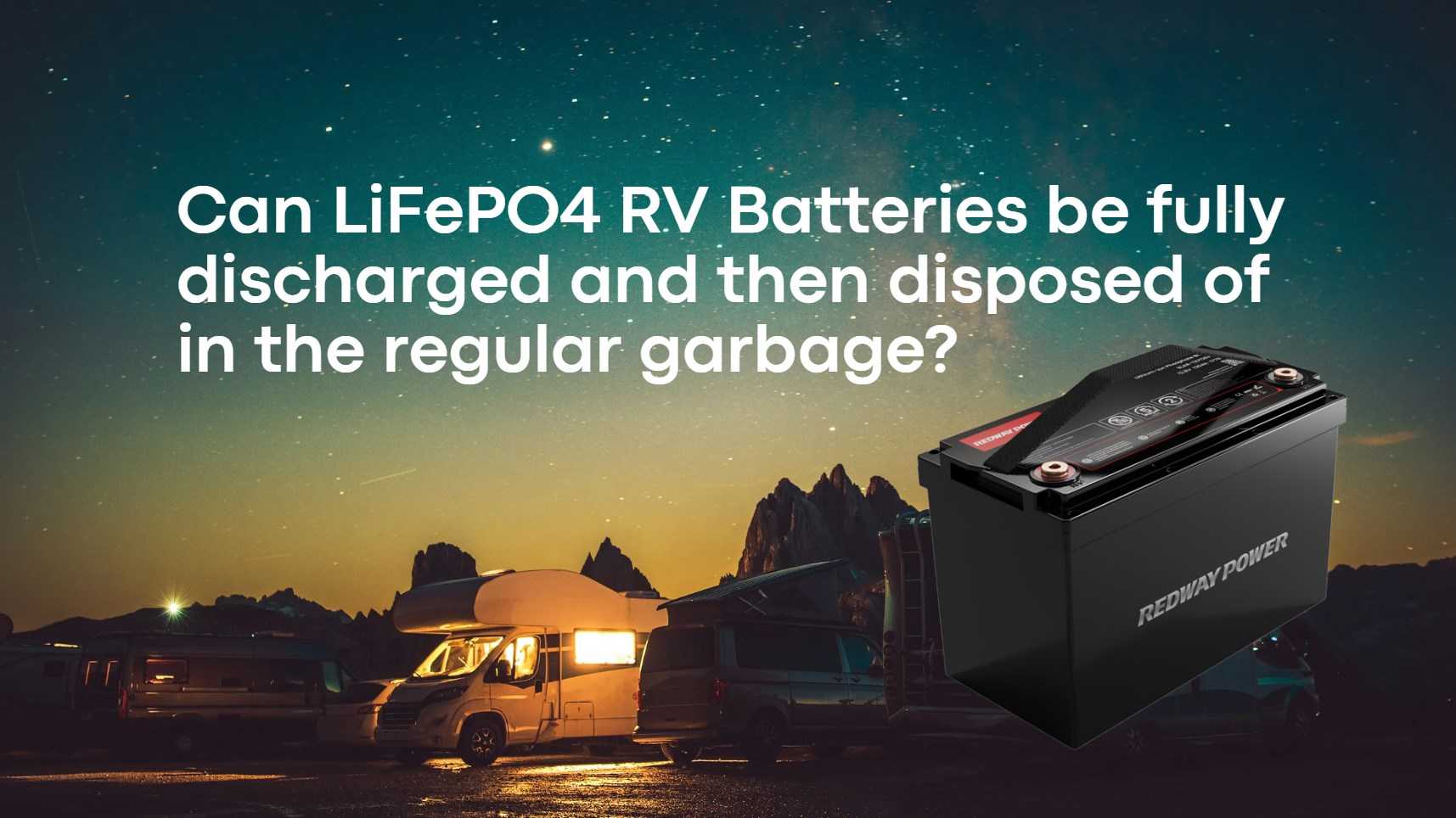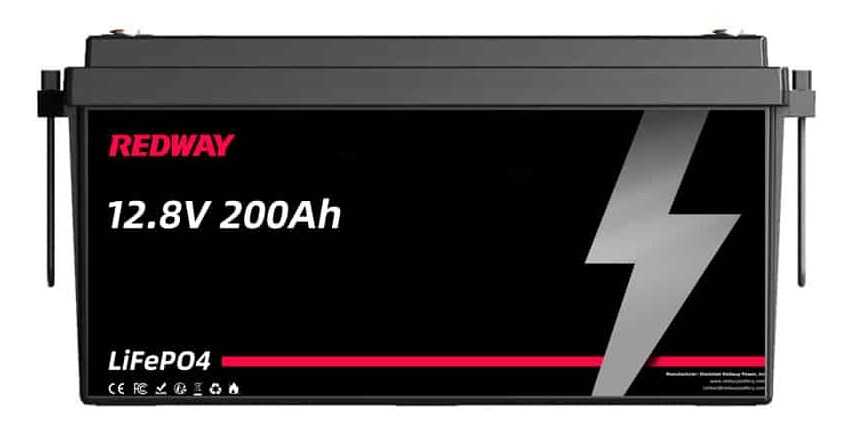Battery Reserve Capacity: A Comprehensive Guide by Redway
Welcome to the world of batteries, where power meets reliability! Have you ever wondered about the secret behind a battery’s ability to keep your devices running smoothly? One key factor that plays a crucial role in this is the battery reserve capacity. In this comprehensive guide, we will dive deep into understanding what reserve capacity is, why it matters, and how you can optimize it for maximum efficiency. So buckle up as we explore the fascinating realm of battery reserve capacity together!
Understanding the Importance of Reserve Capacity
Have you ever thought about the importance of reserve capacity when it comes to your batteries? Let’s dive into why this factor matters more than you might realize.
Reserve capacity is crucial because it determines how long a battery can provide power in case of an emergency or unexpected situation. Imagine being stranded with a dead car battery – having sufficient reserve capacity could make all the difference between getting back on the road quickly or being stuck for hours.
Having a good reserve capacity also ensures that your devices receive a steady and uninterrupted power supply, prolonging their lifespan and performance. It’s like having a safety net for your electronics, giving you peace of mind knowing they won’t suddenly run out of juice when you need them most.
In essence, understanding the importance of reserve capacity is key to maximizing the efficiency and reliability of your batteries. So next time you’re shopping for batteries, remember to consider this critical factor to ensure you’re always prepared for any power-related challenges that may come your way.
Factors Affecting Battery Reserve Capacity
When it comes to the reserve capacity of a battery, several factors can impact its performance. One crucial factor is the battery’s size and design – larger batteries typically have higher reserve capacities due to their increased storage capacity. Additionally, the age and condition of the battery play a significant role in determining its reserve capacity. Over time, batteries may lose their ability to hold a charge efficiently, leading to a decrease in reserve capacity.
Temperature also plays a vital role in affecting battery performance. Extreme temperatures, both hot and cold, can negatively impact a battery’s ability to maintain its reserve capacity. High temperatures can cause the electrolyte solution inside the battery to evaporate faster, while cold temperatures can slow down chemical reactions within the battery.
Furthermore, how often and how deeply a battery is discharged can affect its reserve capacity over time. Frequent deep discharges can lead to premature wear and reduced overall performance. Proper maintenance practices such as regular charging cycles and avoiding overcharging or undercharging can help preserve a battery’s reserve capacity for longer periods.
In conclusion,…
How to Calculate Battery Reserve Capacity
Calculating battery reserve capacity is crucial for determining how long a battery can power your devices. To find the reserve capacity, you need to divide the total capacity of the battery by 2. For example, if a battery has a total capacity of 100 amp-hours, its reserve capacity would be 50 amp-hours. This means that it can sustain a load of 25 amps for two hours before reaching its minimum voltage threshold.
Another method to calculate reserve capacity is by using Peukert’s equation, which factors in the rate at which energy is discharged from the battery. By considering this variable, you get a more accurate estimate of how long your battery will last under different loads.
It’s essential to keep in mind that temperature and age can also impact a battery’s performance and therefore its reserve capacity calculation. By regularly monitoring these factors and recalculating as needed, you ensure optimal efficiency from your batteries over time.
Tips for Maintaining and Improving Battery Reserve Capacity
Proper maintenance of your battery is crucial in ensuring optimal reserve capacity. Regularly inspect the battery for any signs of corrosion or damage. Clean the terminals with a mixture of baking soda and water to prevent buildup that can affect performance.
Make sure to keep your battery charged at all times, especially during periods of inactivity. Consider investing in a trickle charger to maintain a consistent charge level when not in use. Avoid overcharging the battery as it can lead to premature wear and decreased reserve capacity.
Extreme temperatures can also impact your battery’s performance. Store it in a cool, dry place away from direct sunlight and protect it from freezing temperatures during winter months.
Avoid frequent deep discharges by minimizing unnecessary power drainage from accessories when the engine is off. By following these tips, you can prolong the life of your battery and enhance its reserve capacity for reliable performance when you need it most.
Comparison of Different Types of Batteries based on Reserve Capacity
When it comes to comparing different types of batteries based on reserve capacity, there are a few key factors to consider. Lead-acid batteries are known for their high reserve capacity, making them ideal for applications where a consistent power supply is crucial. On the other hand, lithium-ion batteries offer a higher energy density but may have lower reserve capacity compared to lead-acid counterparts.
Nickel-cadmium batteries also provide good reserve capacity and can withstand deep discharges without compromising performance. However, they are less common in consumer electronics due to environmental concerns associated with cadmium.
In terms of maintenance-free options, AGM (Absorbent Glass Mat) batteries are gaining popularity for their reliable performance and long service life. They typically have a decent reserve capacity while being more resistant to vibration and shock than traditional flooded lead-acid batteries.
Choosing the right battery type with optimal reserve capacity depends on your specific requirements and application needs.
Conclusion
Understanding and monitoring the reserve capacity of your batteries is crucial for ensuring reliable performance and longevity. By knowing how to calculate reserve capacity, maintain it properly, and choose the right type of battery for your needs, you can optimize the efficiency and effectiveness of your power supply solutions. Remember to consider factors like temperature, discharge rate, and battery type when evaluating reserve capacity. With this comprehensive guide in mind, you are now equipped to make informed decisions about managing battery reserve capacity effectively.
























